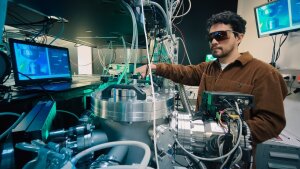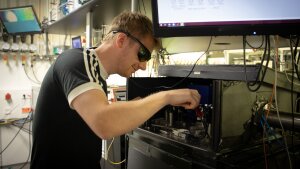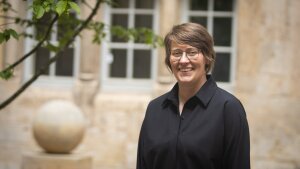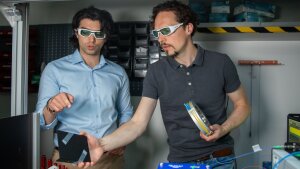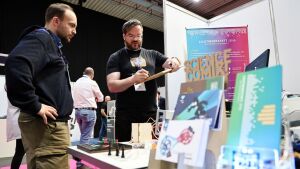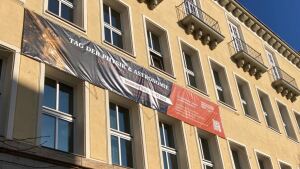- Light
- Life
An interdisciplinary team of researchers led by Dr. Daniela Täuber in Jena has successfully mapped the local chemistry and structure of the antibiotic interaction on the surface of individual bacterial cells with a resolution of a few nanometers using the model system Bacillus subtilis and vancomycin.
